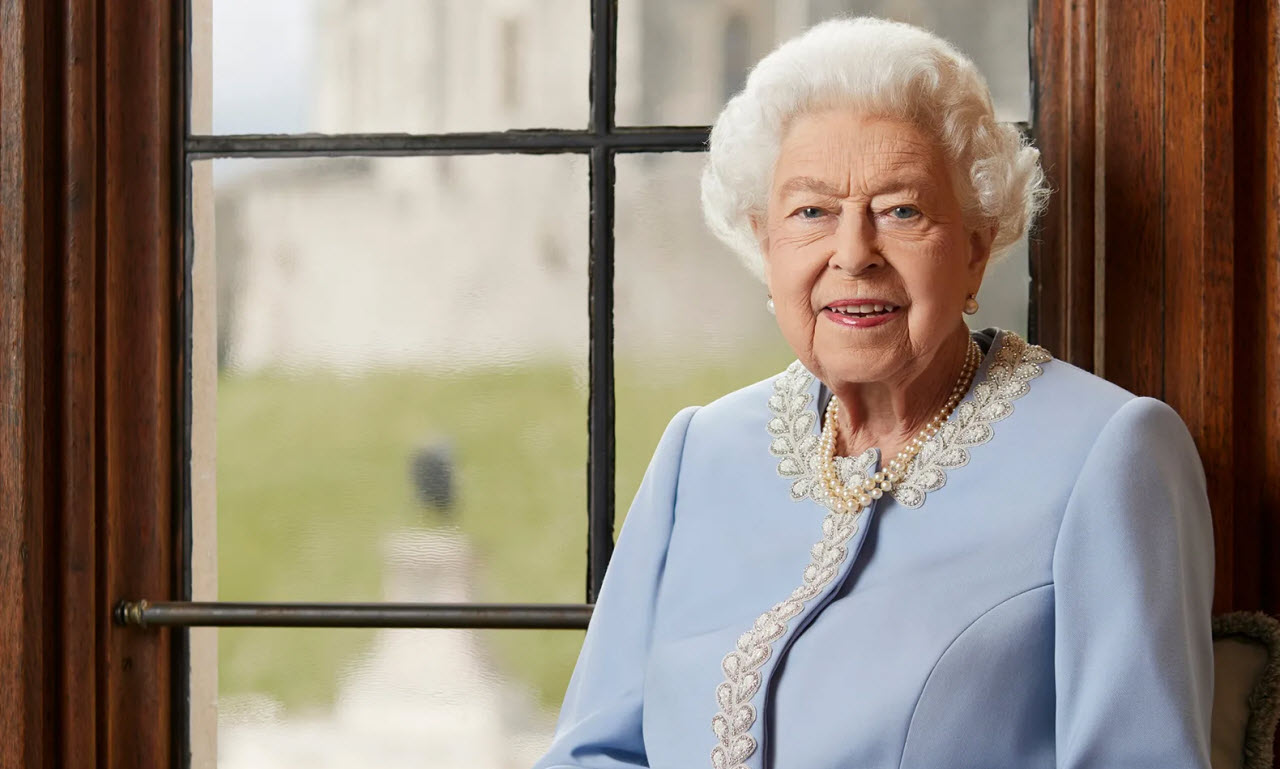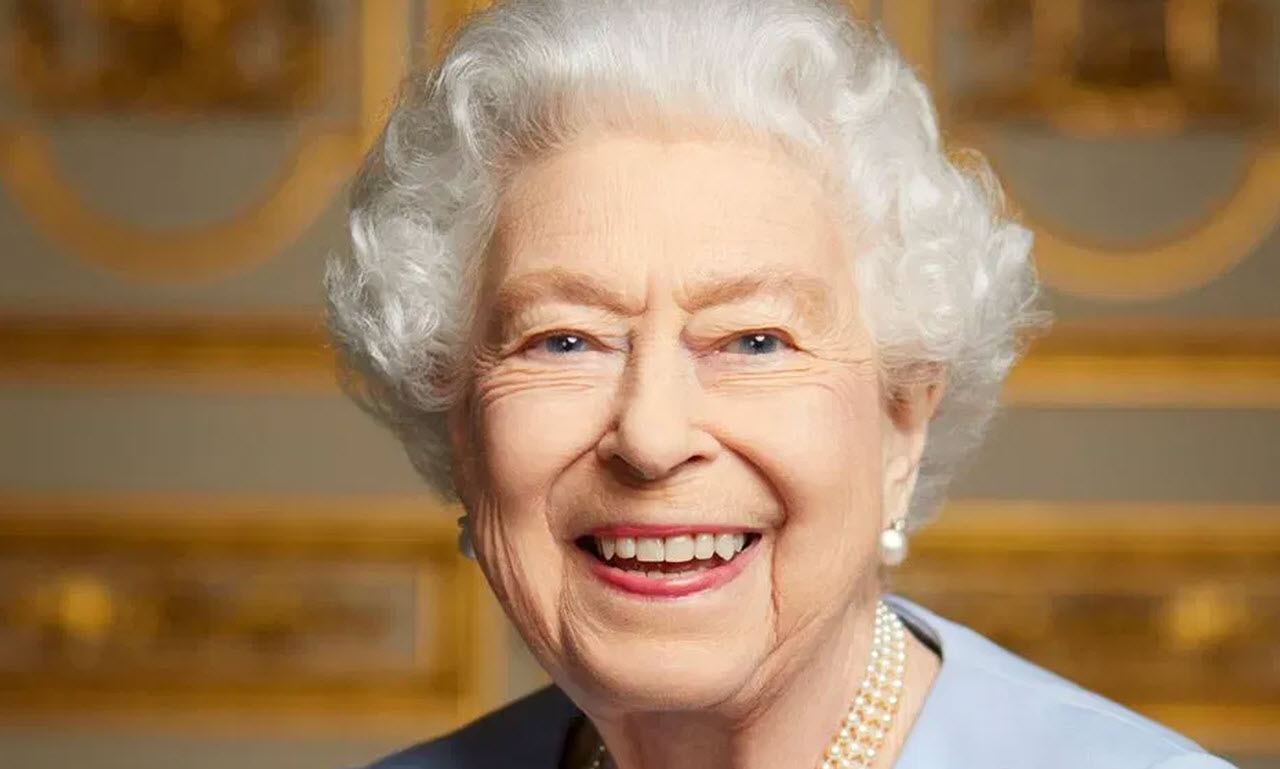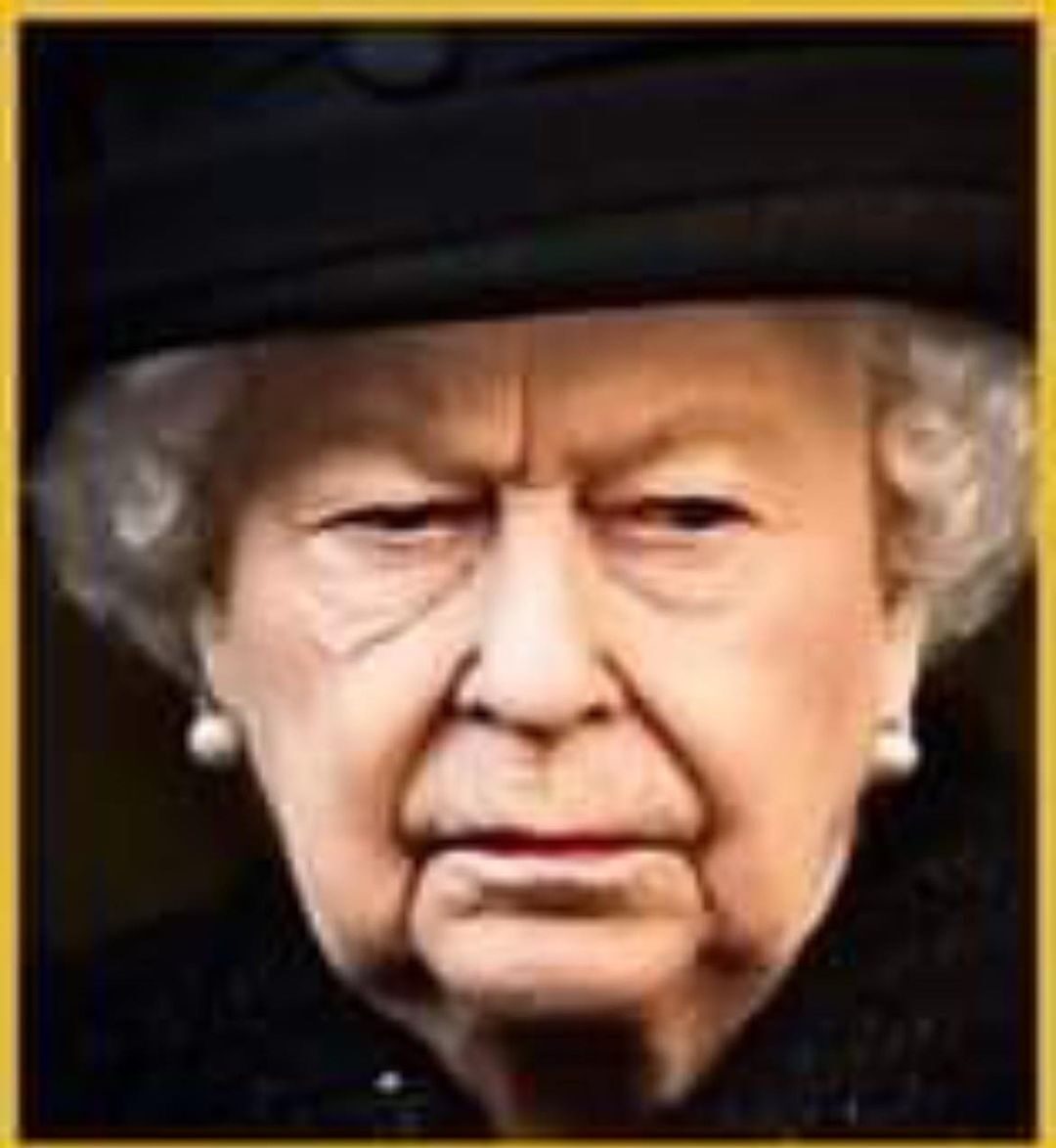Queen Elizabeth’s Friend Opens Up About Her Difficult Final Days
It was a sad day when Queen Elizabeth passed away. The world mourned the death of a queen who had reigned for more than 7 decades.
Soon after the queen died, some speculation started circulating regarding the cause of her death. Buckingham Palace has been largely quiet, but there are rumors that the late queen had bone cancer.

There is now more information available as a close friend of Queen Elizabeth has opened up with details that we didn’t know before. It all revolves around the final days she was alive.
Queen Elizabeth passed away on September 8, 2022, at the age of 96. Her coffin was transported through the streets of London to Wellington Arch. From there, it went to Windsor and the hearse continued to St. George’s Chapel, Windsor Castle.
King Charles put his mother’s Company Camp Colour of the Grenadier Guards on her casket and then The Lord Chamberlain broke the Wand of Office and put it down. The guests sang together ‘God Save the King’ as the casket was lowered into the Royal Vault.
The Queen rests with her parents, her husband, Phillip, and her sister Princess Margaret in the King George VI Memorial Chapel at Windsor Castle. The funeral and burial cost a reported $200 million.

The circumstances of the Queen’s cause of death were largely a secret. The Scottish government department was even accused of blocking attempts for outsiders to receive her death certificate. Eventually, late in September, her cause of death was listed as ‘old age.’
Despite the official cause of death being given, there were still many who had questions. One person who spoke in greater detail was Gyles Brandreth, a royal author. He spoke about her tiredness, weight loss, and mobility issues suffered during her final year. He said it was due to myeloma (bone marrow cancer).
He said: “The most common symptom of myeloma is bone pain, especially in the pelvis and lower back, and multiple myeloma is a disease that often affects the elderly. Currently, there is no known cure, but treatment — including medicines to help regulate the immune system and drugs that help prevent the weakening of the bones — can reduce the severity of its symptoms and extend the patient’s survival by months or two to three years.
Some sources said she was seen less frequently during her final year due to pain and mobility issues. She was never photographed using a wheelchair.
Royal expert and author Robert Joobson said: “On her insistence, a military-style exercise was put in place so that no one could see she was having to use a wheelchair. In considerable discomfort, Her Majesty was taken by wheelchair to the helicopter pad at Windsor.
“At the Palace, she was wheeled right up to the balcony doors, then helped to her feet so that she could stand – with the aid of a walking stick – alongside Charles and Camilla, plus William and his family.
“After a firework display, the Queen smiled with delight. It was her last salute to her people.”
One source also spoke about how her sight and hearing had gone downhill in the weeks leading up to her death. They said: “For the last years of her life, certainly from when her husband died [in April 2021], the Queen was in a lot of pain.
“In the final months, of course, it got very much worse; by the time of the Platinum Jubilee, she couldn’t see very much, she couldn’t hear very much, and she was easily confused.
“She barely moved from her apartments in Windsor Castle. Appearing on the balcony at Windsor Castle for the Jubilee required a titanic effort.”





